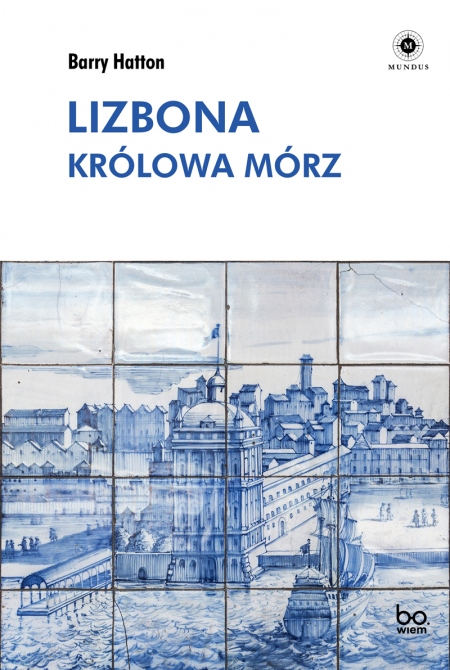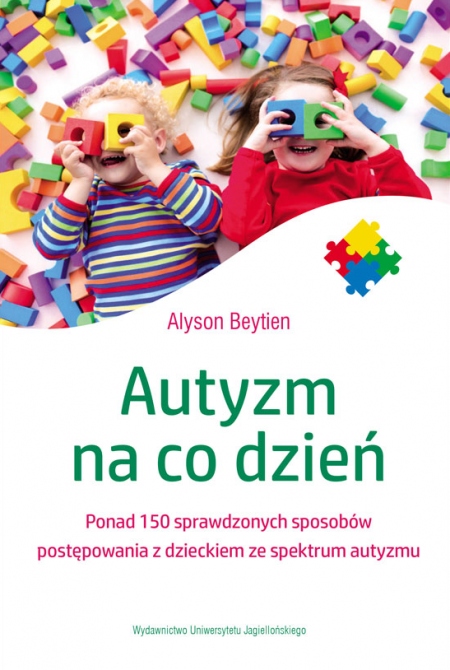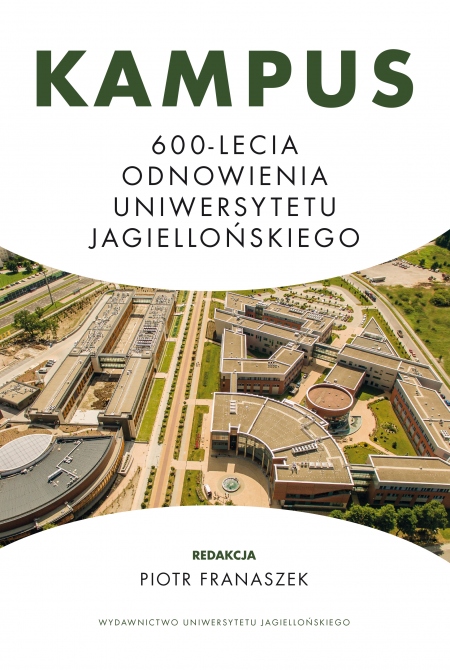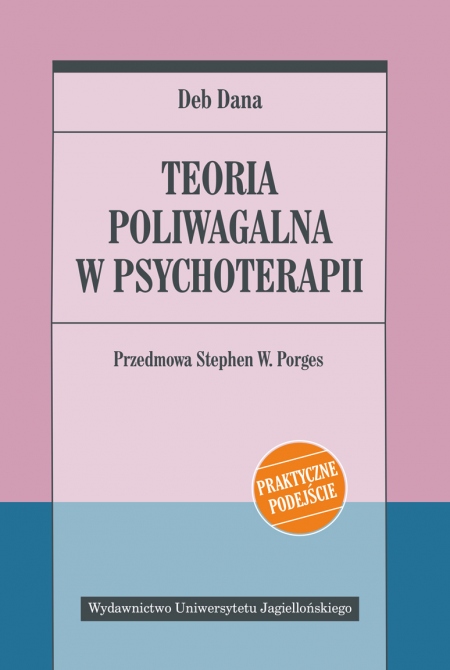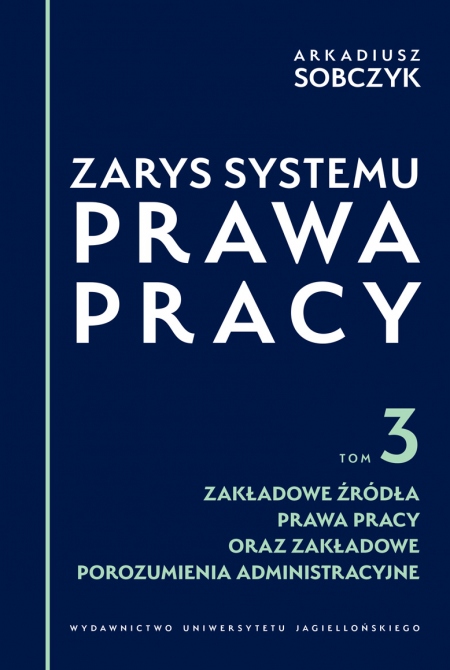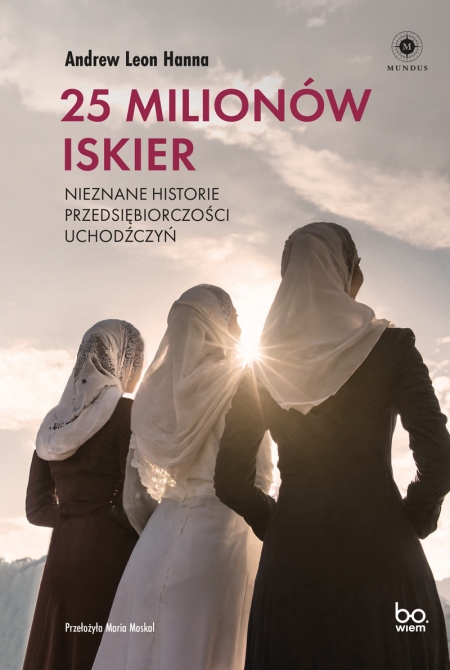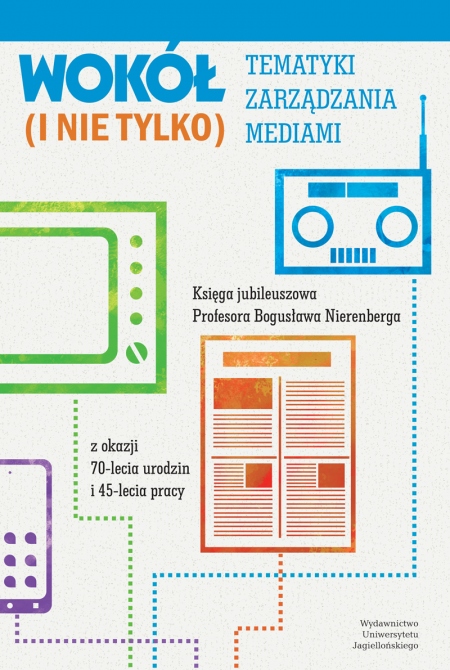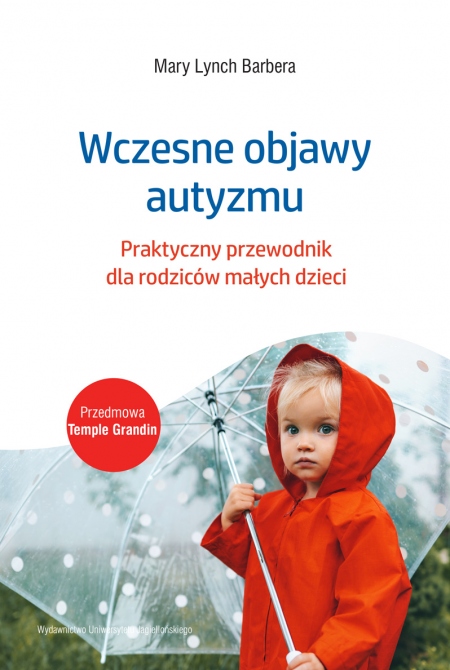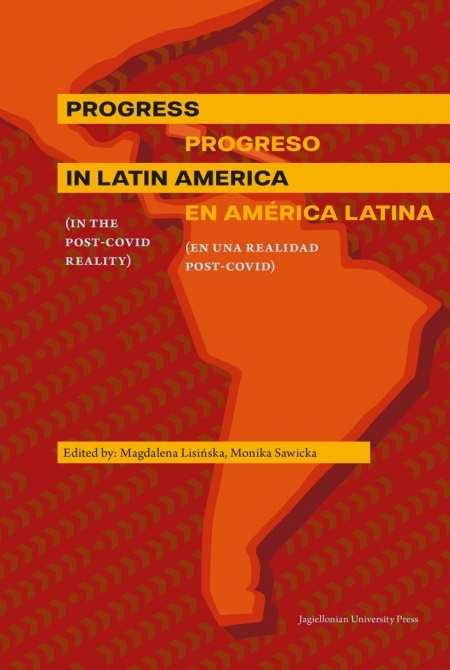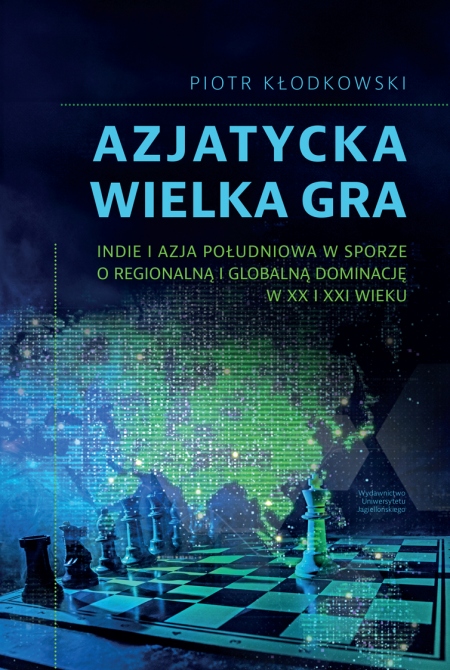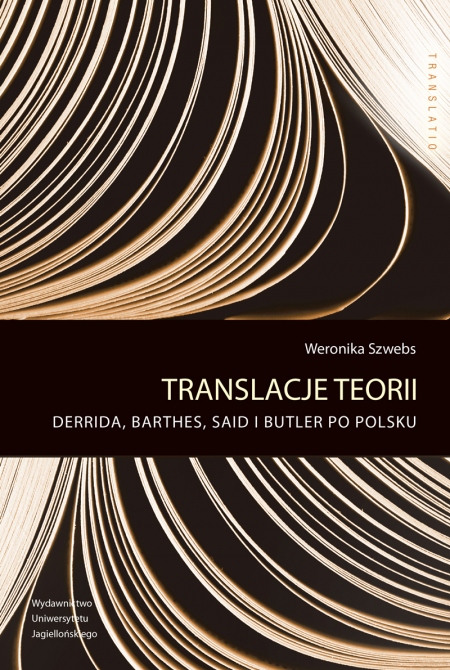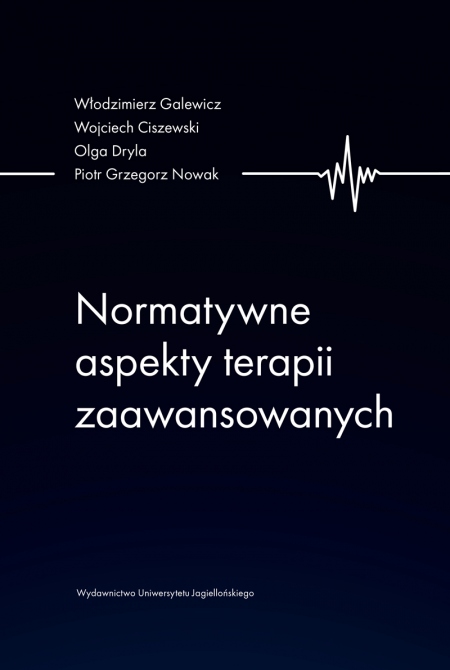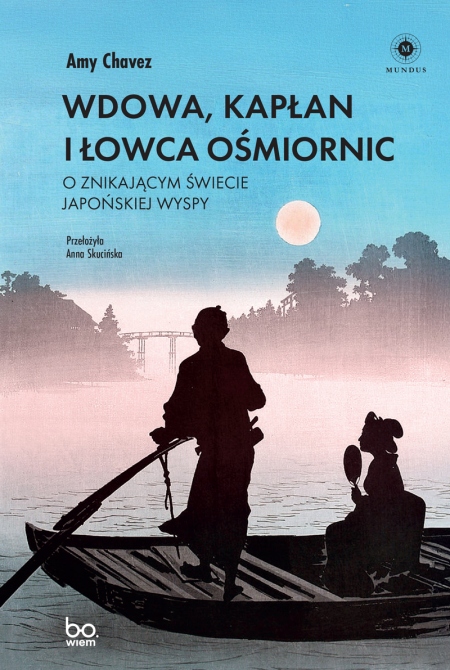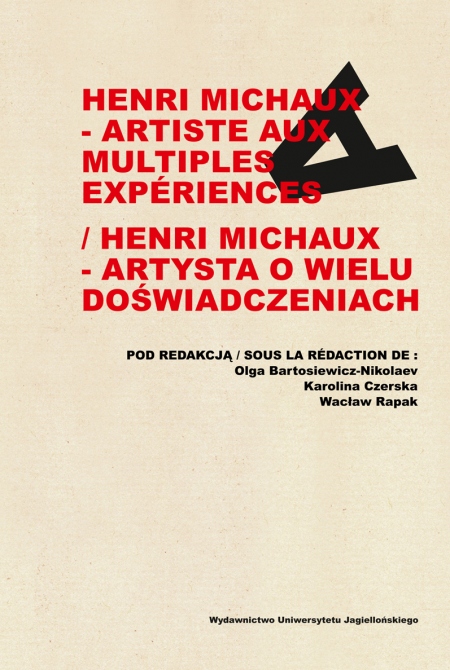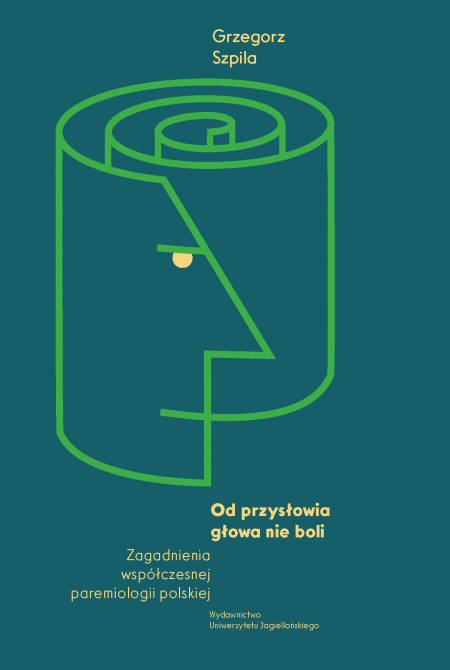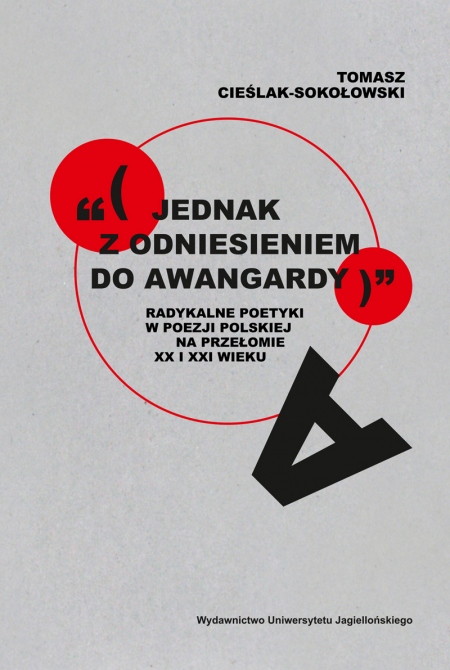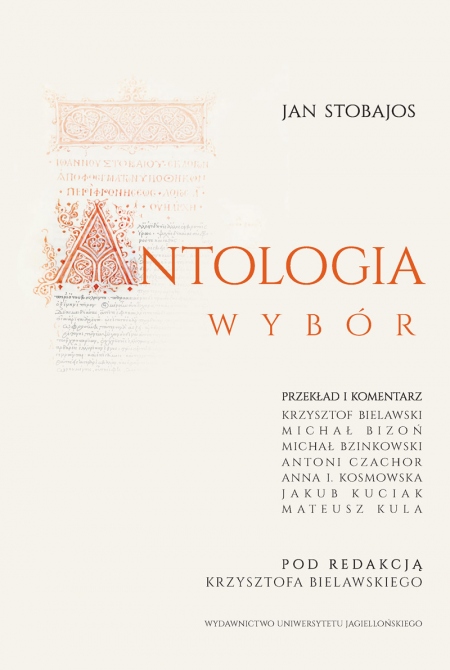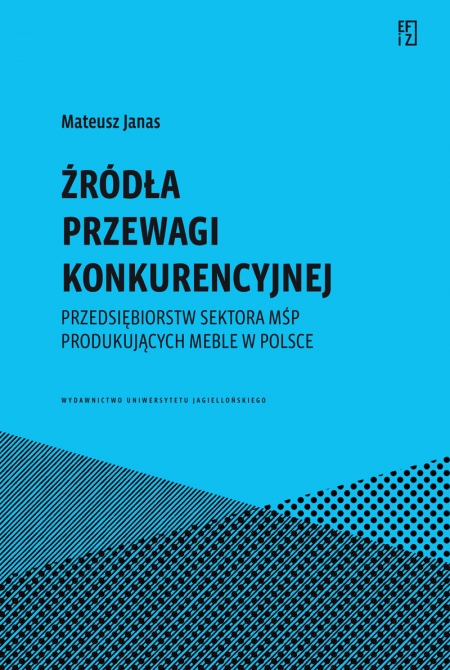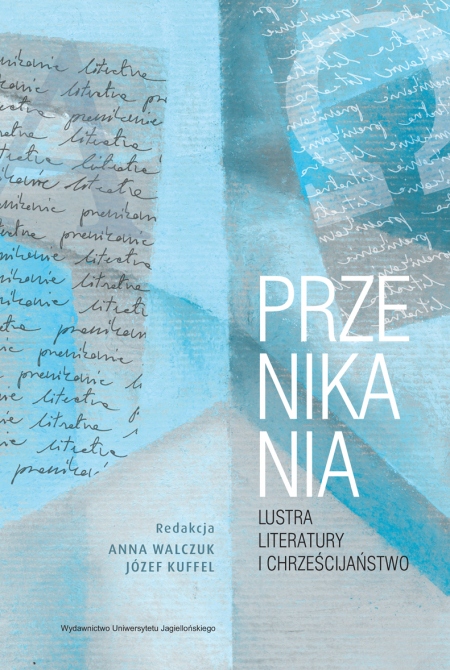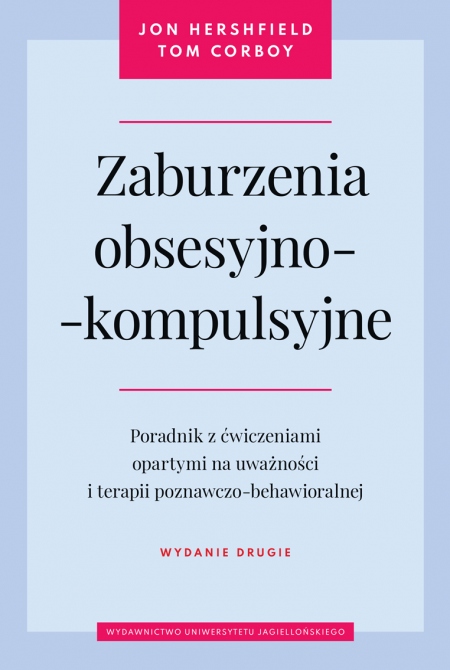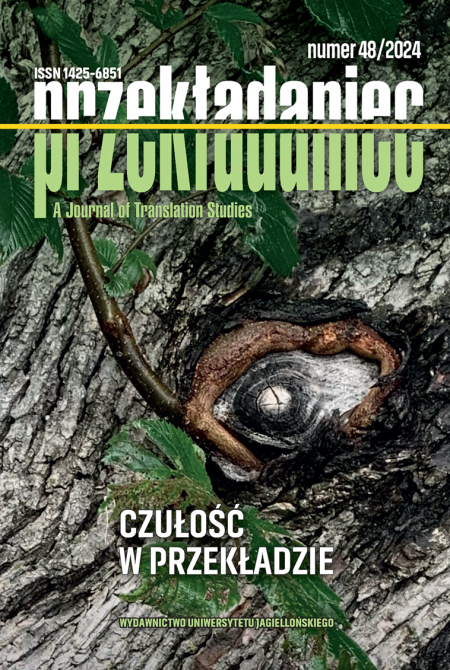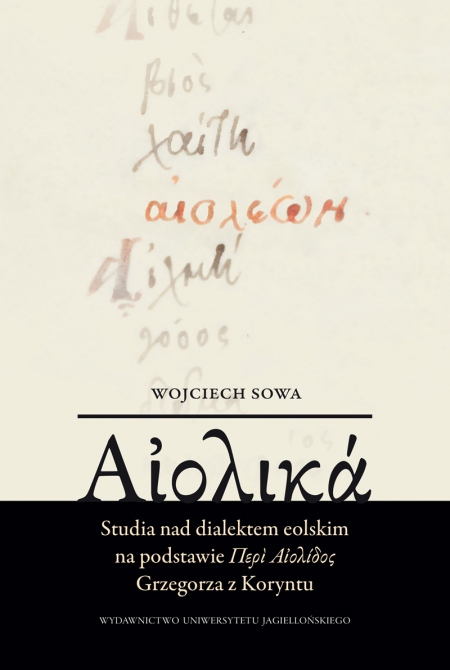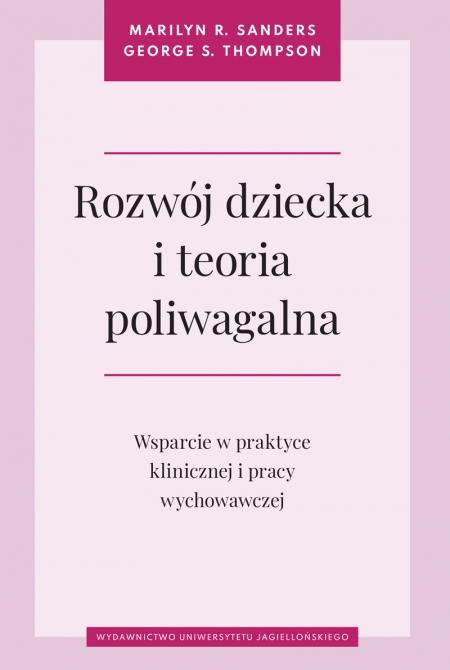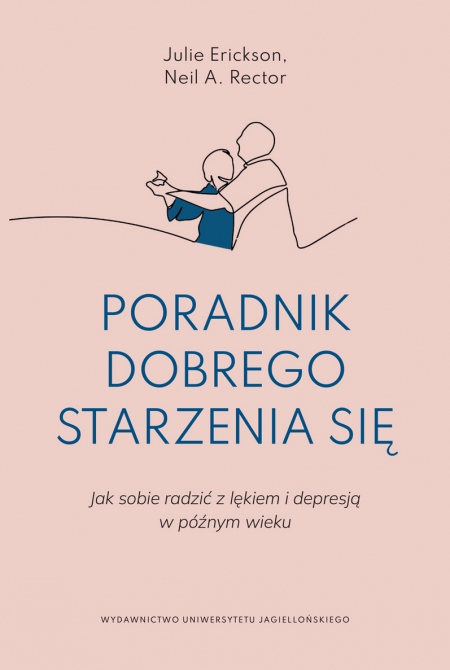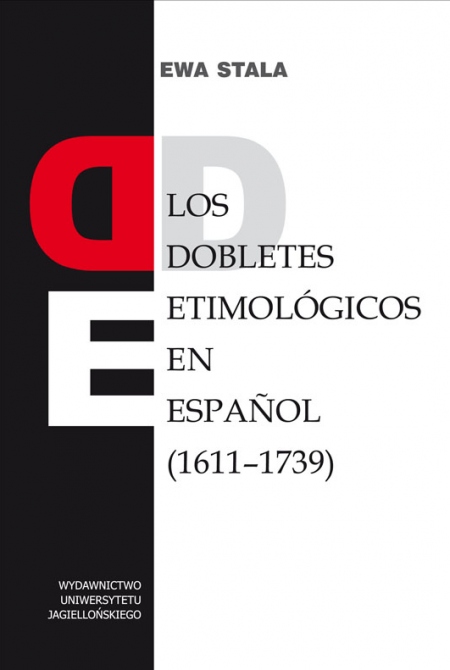
Los dobletes etimológicos en espanol (1611-1739)
Pages: 431
Book format: B5
Publication date: 2012
Publication date: 06.11.2012
Book description
The subject of this research is the Spanish etymological doublets documented in the lexicographical material (1611–1739).
The choice of the topic and the selection of the sources are not random. The corpus linguistics seems to be very promising, since it combines both the theoretical and practical aspects as it was postulated by E. Coseriu, according to whom theory and practice should be complemented by each other. Thus, a properly conducted analysis based on any particular material has a chance to fulfi l the, “criterion of truth”, which is so important in science.
There is an undeniable lack of studies in this area. Moreover, the first approximation to the topic (cf. Stala 2009a) showed that the existing theories on doublets do not fully correspond with the facts; simplifying, as they do, the issue. In Spanish linguistics, there are basically only two monographs devoted to doublets; namely, a work written in Russian by I.A. Korolenko (1969) and a monograph by B. Gutiérrez (1989). The first work is based on historical material (as the author himself admits, mainly the etymological dictionary of J. Corominas), the other on contemporary material (DRAE dictionary, 1994). Both of them focus on issues such as: phonetics, morphology and, to a lesser extent, semantics in doublets.
The present research is novel for at least three reasons. First, it covers a period still unexplored in the history of Spanish doublets; secondly, it presents a complete and documented analytical material; thirdly, it extends the study of morphophonology, inflection, graphematics and a detailed description of semantic changes.
The choice of the topic and the selection of the sources are not random. The corpus linguistics seems to be very promising, since it combines both the theoretical and practical aspects as it was postulated by E. Coseriu, according to whom theory and practice should be complemented by each other. Thus, a properly conducted analysis based on any particular material has a chance to fulfi l the, “criterion of truth”, which is so important in science.
There is an undeniable lack of studies in this area. Moreover, the first approximation to the topic (cf. Stala 2009a) showed that the existing theories on doublets do not fully correspond with the facts; simplifying, as they do, the issue. In Spanish linguistics, there are basically only two monographs devoted to doublets; namely, a work written in Russian by I.A. Korolenko (1969) and a monograph by B. Gutiérrez (1989). The first work is based on historical material (as the author himself admits, mainly the etymological dictionary of J. Corominas), the other on contemporary material (DRAE dictionary, 1994). Both of them focus on issues such as: phonetics, morphology and, to a lesser extent, semantics in doublets.
The present research is novel for at least three reasons. First, it covers a period still unexplored in the history of Spanish doublets; secondly, it presents a complete and documented analytical material; thirdly, it extends the study of morphophonology, inflection, graphematics and a detailed description of semantic changes.
Authors
Ewa Stala

ISBN: 978-83-233-3397-5
Country of producer: Poland
RECOMMENDED BOOKS
NEW BOOKS

Los dobletes etimológicos en espanol (1611-1739)
Choose chapters to buy:
Order value:
0.00 zł
